How to Find the Best Products to Sell on Amazon FBA?
In today’s blog, let’s delve into the Amazon FBA world. We’re going to examine the upsides and downsides of Amazon FBA, and what types of items are the most lucrative to sell on Amazon FBA, and of course, some tips for you to launch a business there.
If Amazon FBM (fulfillment by merchants) is when sellers list their products on Amazon and ship their products to each buyer on their own, Amazon FBA is where Amazon fulfills your order and ship your products for you.
Using Amazon FBA, you can simplify order fulfillment and receive more revenue from the coveted Prime customers of Amazon by taking advantage of the specialized delivery and distribution facilities of Amazon.
About half of all Amazon purchases come from third-party retailers. And among the top 10,000 sellers, 66% of them use FBA.
Why you should sell on Amazon FBA.
FBA stands for Fulfillment by Amazon. To put it simply, you sell it; and Amazon delivers it
Let’s look at how the system works.
- You give Amazon your stuff.
- Amazon store the products in their store
- If someone orders your products, Amazon picks, packs, delivers, and also monitors the order for you.
- If the customer requests a return and refund, Amazon will handle that for you.

It sounds convenient, but all these services have a price; Amazon charges both inventory fees and delivery fees
On the other hand, these costs also include the stellar 24/7 customer support of Amazon, the cost of delivering products to customers, and connections to one of the world’s biggest and most sophisticated distribution networks.
Related topics:
How to find the best products to sell on Amazon FBA
No matter if you are an experienced seller searching for a different viewpoint or a beginning seller looking to get into the Amazon FBA market, it can be a struggle to find a new product to sell. Luckily, to speed up the process, we have seven hacks for you.
1. Look at the Amazon best sellers list.
If you want a pretty good idea of the items most wanted by customers, then the list of best sellers on Amazon is a perfect first place to start. You may want to browse and make notes on the things that catch your attention in the category you are involved in. Also, take your mind off the seasonal products so that you can retain continuity during the whole year.
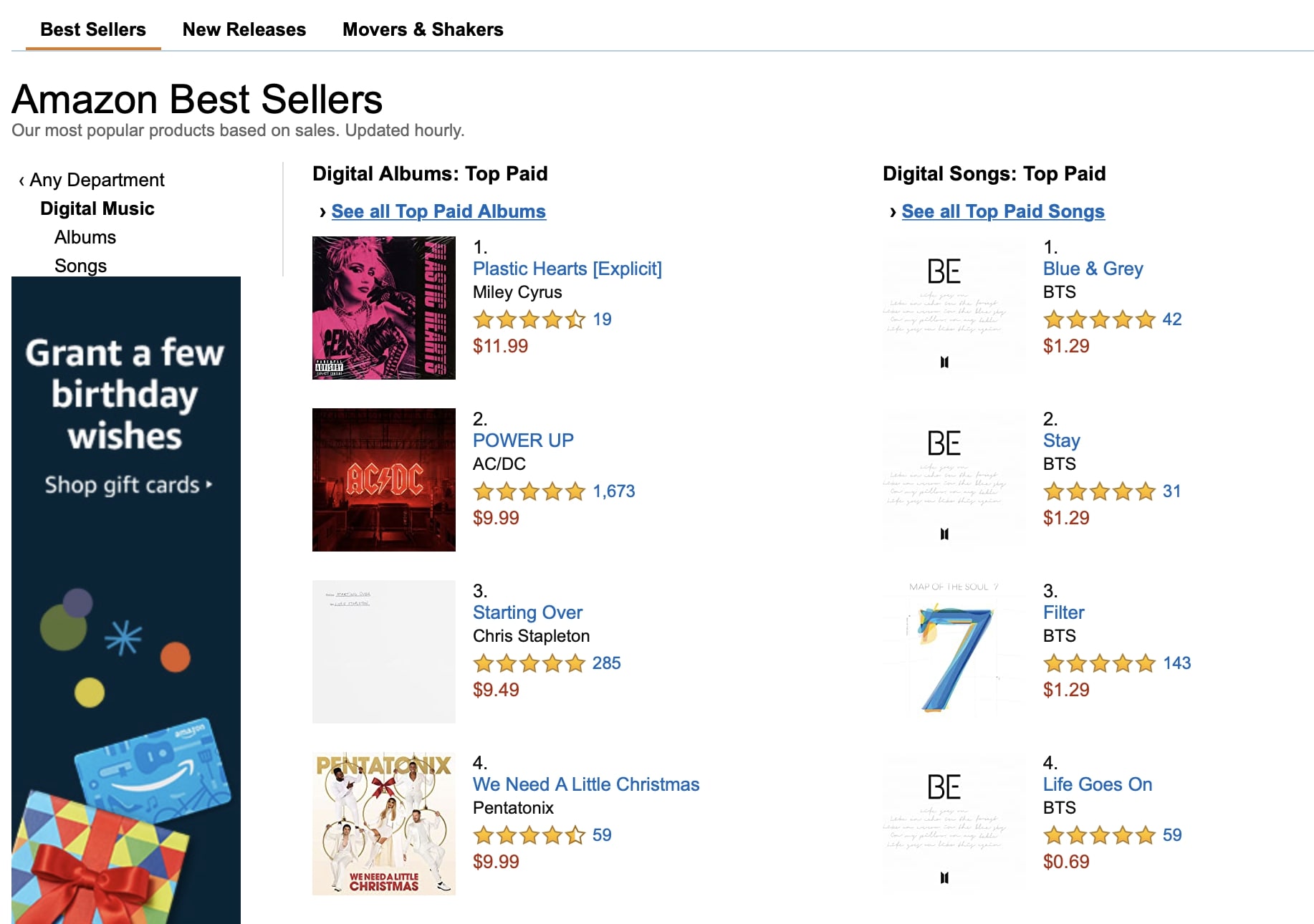
2. Stay away from too popular and too niche products.
Try to steer away from products that are either incredibly popular or highly niche when you’re innovating new ideas. If they’re selling like hot cakes, then you’re going to face a lot of fierce competitions. And if they indeed are a rarity, then you might have trouble attracting purchasers.
3. Think about being a distributor with a private label.
Marketing most lucrative products, but at the same time putting your spin on it and then making Amazon handle the rest are some of the great things about incorporating private label selling into Amazon FBA. It may not be a smart idea to re-invent the wheel or invent your own things from scratch. But with private labels, you can take an already great-selling brand and bring it back on the market with your own revamped spin.
4. Source items that are easy to deliver.
The delivery expenses would cut into the company profits, that’s why it would be better for your money if you stay away from big and bulky products. The smaller and lighter a product is, the easier for Amazon to deliver it, hence the lower the cost of delivery. Small and light products also reduce the complaints from customers and, at the same time, make the shippers’ job a little easier.
5. Source simple and/or cheap things to make
The quicker and cheaper it is to make the product you are investing in, the better your possibility of making a decent profit. Think of a high-end Samsung phone and a low-end Samsung one. The latter can be made in a matter of hours, while the former’s total development time is estimated to be months. And the resulting expenses represent the disparity.
6. Track the Vendor Ranking and Pricing History of the Commodity
Vendor Ranking and Pricing History of the Commodity are the two essential things to keep an eye on. The sales history is a must-look factor for understanding how a product has performed over a specific time. Sales History allows you to decide whether the product has always been a hot cake or only on particular occasions (You can use CamelCamelCamel or Keepa for tracking Pricing History)
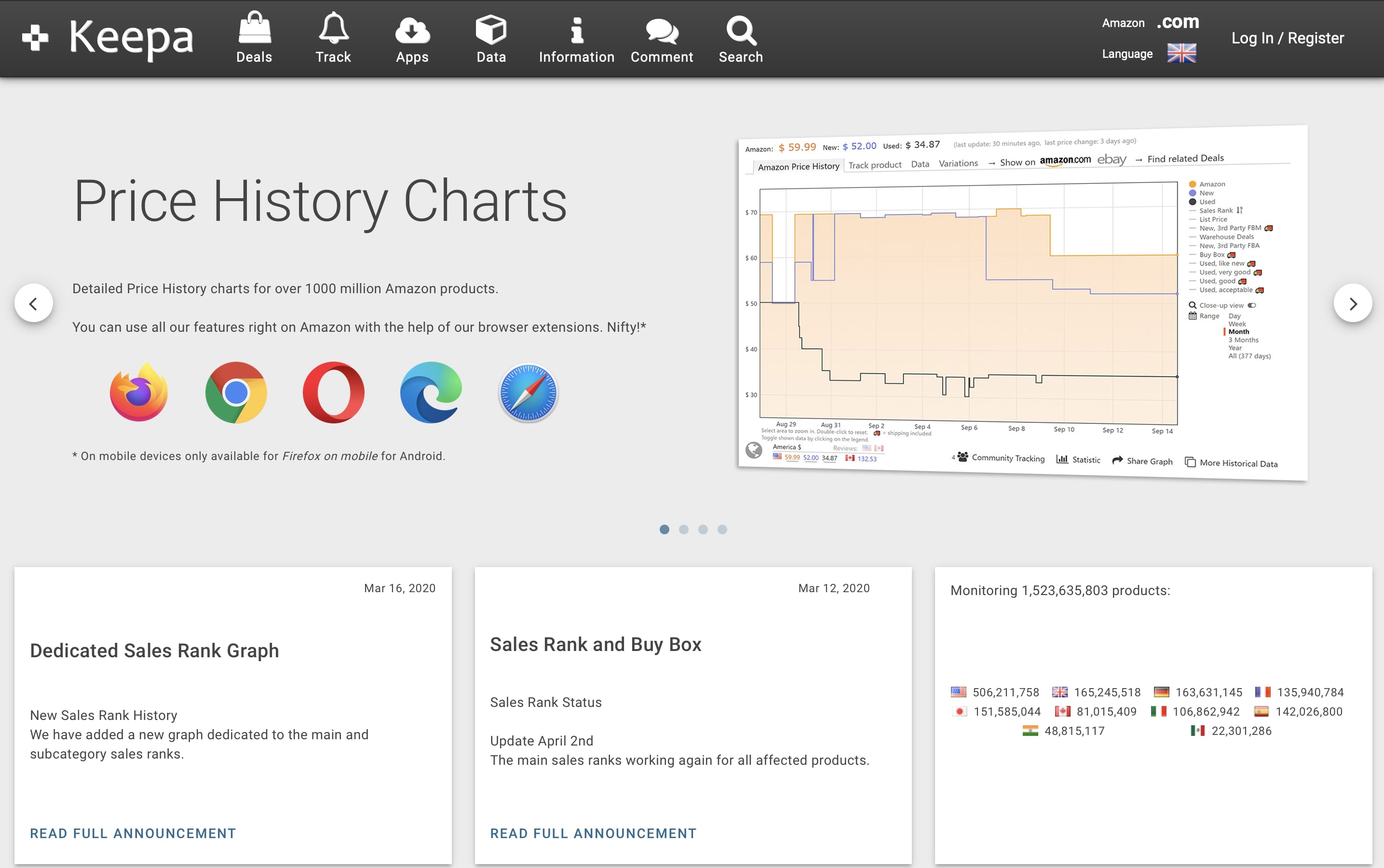
On the other hand, the vendor ranking indicates how many units of the product are being sold by your rivals. Jungle Scout is a fantastic assistant that will help you with the study of competitors from Amazon.
Related topics: Amazon Product Research
7. Be objective.
Of course, you got to have a fixed idea of what you want to sell on Amazon. However, bear in mind that one of the worst strategies to pursue could be keeping a static mentality. When you do not look at things from different angles, you’re shutting yourself off potential products that might increase your revenue earned on Amazon. Instead, try to be as objective and rational as possible about the process. Look at an item from different angles and try to assess why it’s a right product, rather than just whether you like it or not.
Profitable product categories for sellers
1. Books.
Do you know what Jeff Bezos began selling when he first launched Amazon? You guessed it, books!
If it ever dawns on you that books are verging on extinction, then probably you are wrong. Actually, books have gained more popularity than ever. Amazon started with books, and so can you, carving out a lucrative niche in the marketplace.
Related: How to sell used books on Amazon

2. Babies’ things (to accommodate the growing population)
Babies are our next lucrative Amazon segment. As long as humans make babies, their descendants will require things (for lack of a better term). And because babies have to grow up, they need a lot of different things. The advantage of selling baby goods is that they are cheap, light, profitable, and always in huge demand. You may want to focus on first-borns since parents tend to invest more in them.
3. Glittery things
Jewels, baubles, precious metals — what these glittery items have in common is that they are always in hot demand. But because the market is pretty flooded with jewelry, you have to be super careful about how you sell the products.
While the profitability can be an astounding 50%+, it may happen only when you can take advantage of the unique keywords. If people can define your items with only one generic keyword, don’t bother with jewelry, you will just be going into fierce competitions.
4. Fitness clothes
Clothing has the highest return rate among any category. Returns can be from 20% to 40%. Workout wear is one of Amazon’s top sellers since most customers want to buy their exercise clothing new (I mean, how can you buy used sweatpants or a used sweatshirt, how stinky it must be), meaning you can increase your profit margins even more.

5. Electronic Devices and Their Accessories
As utterly contrary to the concept of something as traditional as books being hot sellers on Amazon as electrical devices, you should also start stockpiling on the latter. People love their tech-savvy accessories and what it means for you is:
- A reduced commission rate from Amazon (8 percent vs. 15 percent)
- A considerable number of choices and sub-categories within each category
- A lot of new gadgets are coming out all the time since technology evolves every day.
- Different approaches to target different audiences depending on the brand they love (though you know that they are all the same)
- Excellent options for retail arbitration, as often as every week.
Tips to success with Amazon FBA selling
1. Examine your competitors to know what they are selling
If you know where to look, Amazon is a treasure trove of valuable product data. Just look at the standard pages of Trending Products and Best-Seller List on Amazon; you will have enough information with regards to what is being sold on Amazon.
-
Trending Products: Amazon lists the most trending products on a daily basis, which will offer you an overview of the items that are rising and dropping in popularity among the large shopping community of Amazon.
-
Best-Seller Lists: In each category or sub-category, Amazon lists the leading 100 best sellers. Knowing the most in-demand items can be a precursor for smart purchase choices for your e-commerce shop.
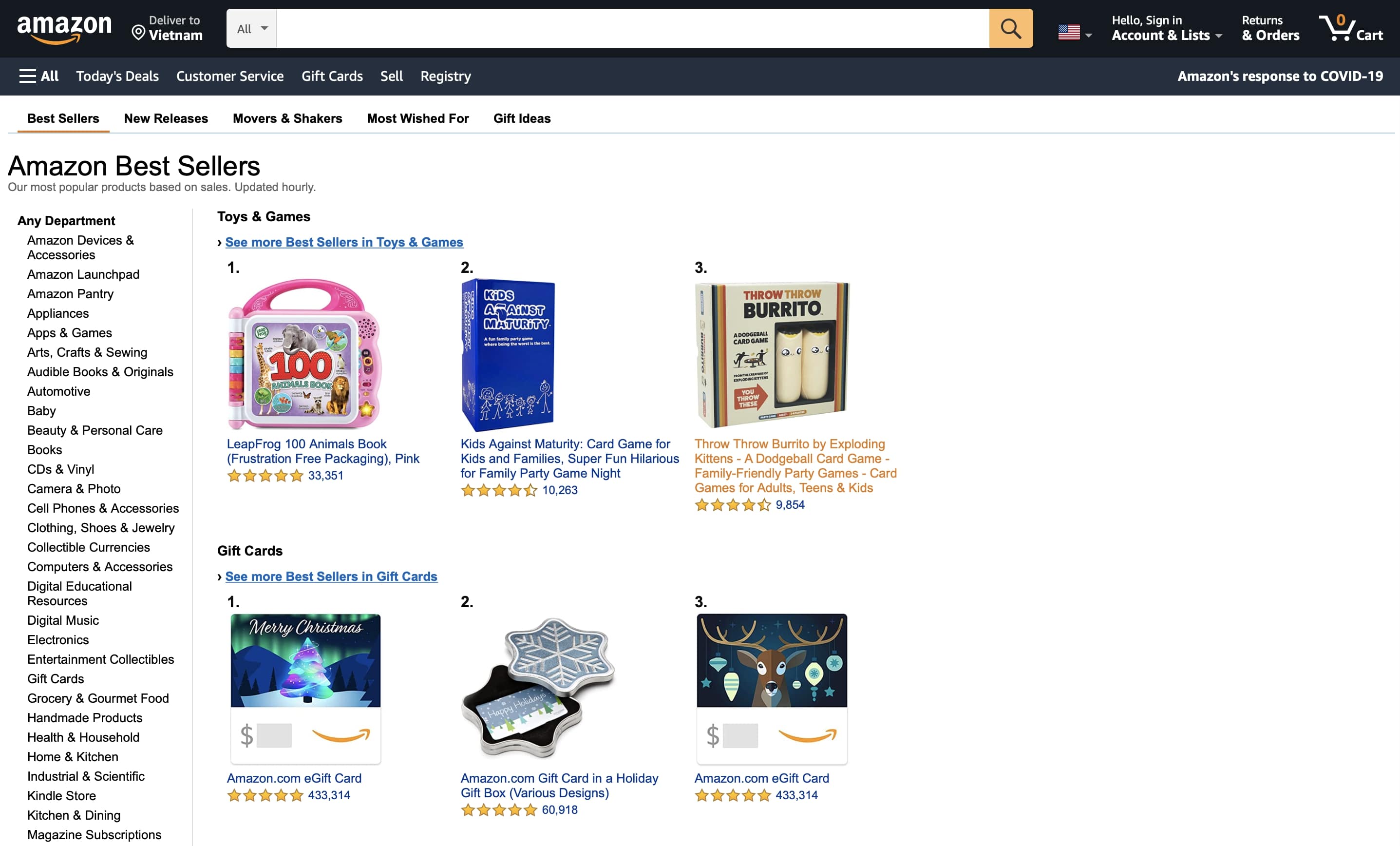
It may not be ideal to go head-to-head with the popular sellers out there as a newbie, but you can get a general picture of what kinds of products are in hot demand.
You can use Unicorn Smasher or AMZ Scout (AMZ Scout provides a free trial that allows you to start searching for profitable products for sale on Amazon by analyzing all the important product parameters.) for juicy data like monthly sales, competitor intel, and fee calculators.
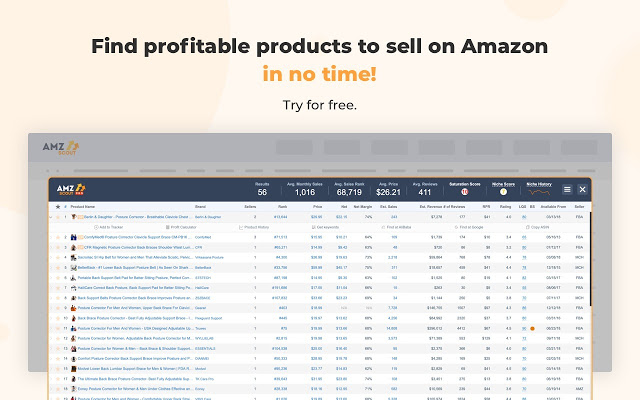
2. Be wise about what products you are offering
First, always take the revenue rating into account. Why so? Items of high ranking sell easily, but there is a lot more rivalry. Besides, slow sellers or not-selling goods may be low ranked, costing more storage fees. However, it’s simpler to become the leading vendor for such listings because there’s little to no competition.
All in all, you will better understand the market if you understand the sales rank.
3. Try bundling products
If hundreds of vendors are on the same listing, it may be hard to win a customer. However, you can always find other ways around, such as making a new packaged listing.
Combine an ordinary board game with an additional dice pack, for example. This bundle helps you to create a special listing that still pops up while the users search the main item (board game in this case).
Your listing will help you cater to unique demographics, so no more competition from others. Plus, since you are providing an additional bonus, you can charge higher.
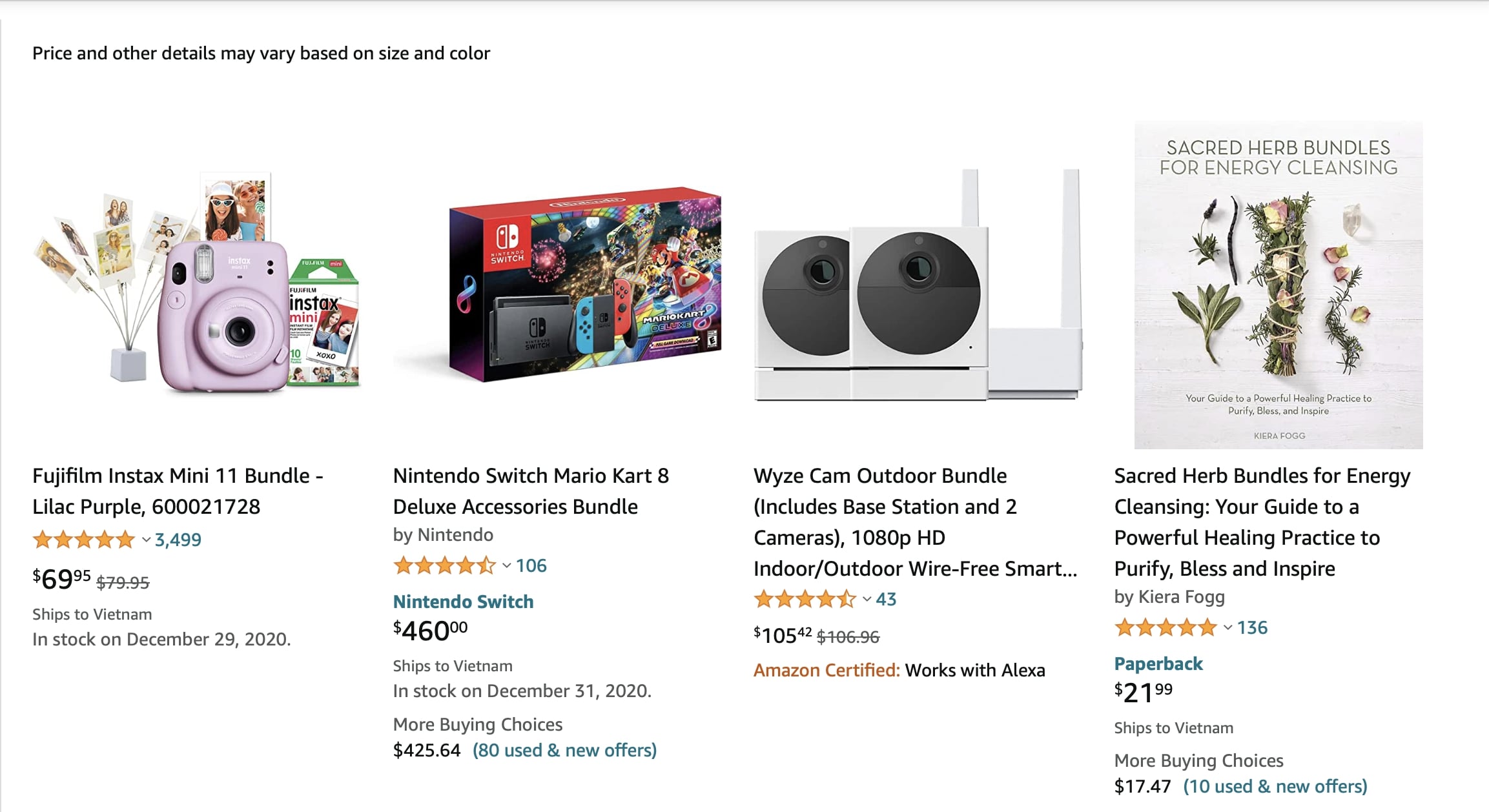
</figure>
4. Do not rush; begin small
You do not necessarily have to have hundreds of items in your storage to get started. You can start small and learn the ins and outs of Amazon by adding only a couple of items first.
Plus, when you only need to handle a handful of products, it’s much easier to build a structured, seamless operation, which is of great importance if you are a newbie.
Once your shop starts showing promises, you can easily scale it up and add more items as you expand.
Being ambitious is good, but so is being patient.
5. Build a brand
You will need your exclusive brand if you want the viewers to remember your brand among a sea of Amazon sellers.
To achieve this, first, you need to have a thorough understanding of your targeted customers, fully understand how to position your brand, and finally establish consistently designed product photos, titles, and descriptions.
To this end, you may want to build your online shop where you monitor the customer service to boost Amazon purchases.
You may also use special packaging and stickers to guarantee that your company’s individuality will stand out after the distribution.
A good starting point is packaging that allows consumers to sign up for your mailing list or join social accounts.
6. Apply right SEO strategies
Amazon is a big, intensely competitive environment, so getting the goods noticed can be challenging.
But much like Google, Amazon is a search engine that decides which items to show for any particular product search with ranking factors.
You can get significantly greater numbers of search results by studying which keywords people use when looking for your products, and using those keywords all across your product listings.
7. Get outstanding photographs of the items
Amazon demands that the product images demonstrate only the product, with no people, text, etc., with a white background behind. However, you can insert up to eight more photos (based on the product category)
Do not forget that your photos are the first impression of your brand. In other words, viewers will be most likely to see the photos before anything else. Ensuring that your images are flawless will do wonders for your sales.
In addition, no one can physically touch your products when you sell online, so you need to be as detailed as possible in your pictures. You may want to capture the product from multiple angles, show it in motion, illustrate close-ups with different angles, and show a person carrying it for size-estimating purpose. Also, you can consider making 360-degree photos and videos generated to render more immersive product sites.
8. Optimize your titles
Have you ever noticed the number of Amazon products that have very long descriptive titles? What I mean here is that there are a lot of sellers trying to insert their keywords in things.
Though Amazon allows titles to have up to 250 characters, that doesn’t necessarily mean using all 250 characters is a wise idea.
People know that Amazon usually suppress product lists with overly long names. That’s why instead of stuffing as many keywords as possible, the goal should be straightforward and to the point but also having your main keyword in the title.
Try using this format: brand name, then product name, essential characteristics such as color or height.

</figure>
Some tips for your Amazon’s product titles
What you should include:
- Numerals (5 instead of five)
- Fully spelled out units of measurements (e.g., 5 inches instead of 5”, 6 pounds instead of 6lbs)
- Title casing: You capitalize the first letter of each word.
- For items that are variants of child ASIN, specify the size and color. A parent ASIN may be regarded as the general form of a product description, such as “Man’s Hooded Sweatshirt,” while its child’s size and color can be defined by its child ASIN.
What you should not include:
- Capitalized Conjunctions, articles, and prepositions.
- All caps.
- Special characters and Type 1 High ASCII characters
- Pricing and promotions. (Such as free, buy one get one free, etc.)
- Subjective viewpoints (such as the best, the cheapest, the greatest, the prettiest, etc.)
9. Optimize your bullet points
Once a customer clicks your product on Amazon, the bullet points are one of the first things they’re searching for.
Your customers are likely to abandon your shop if your bullets don’t address their concerns or provide the information they need. And, make sure you provide the viewers with all the relevant details for them to make a buying decision.
Your bullet points should answer common questions, reflect on your product’s positives, and include detailed descriptions of the product. Also, you may want to stuff your keywords, but not in a crazily desperate way.
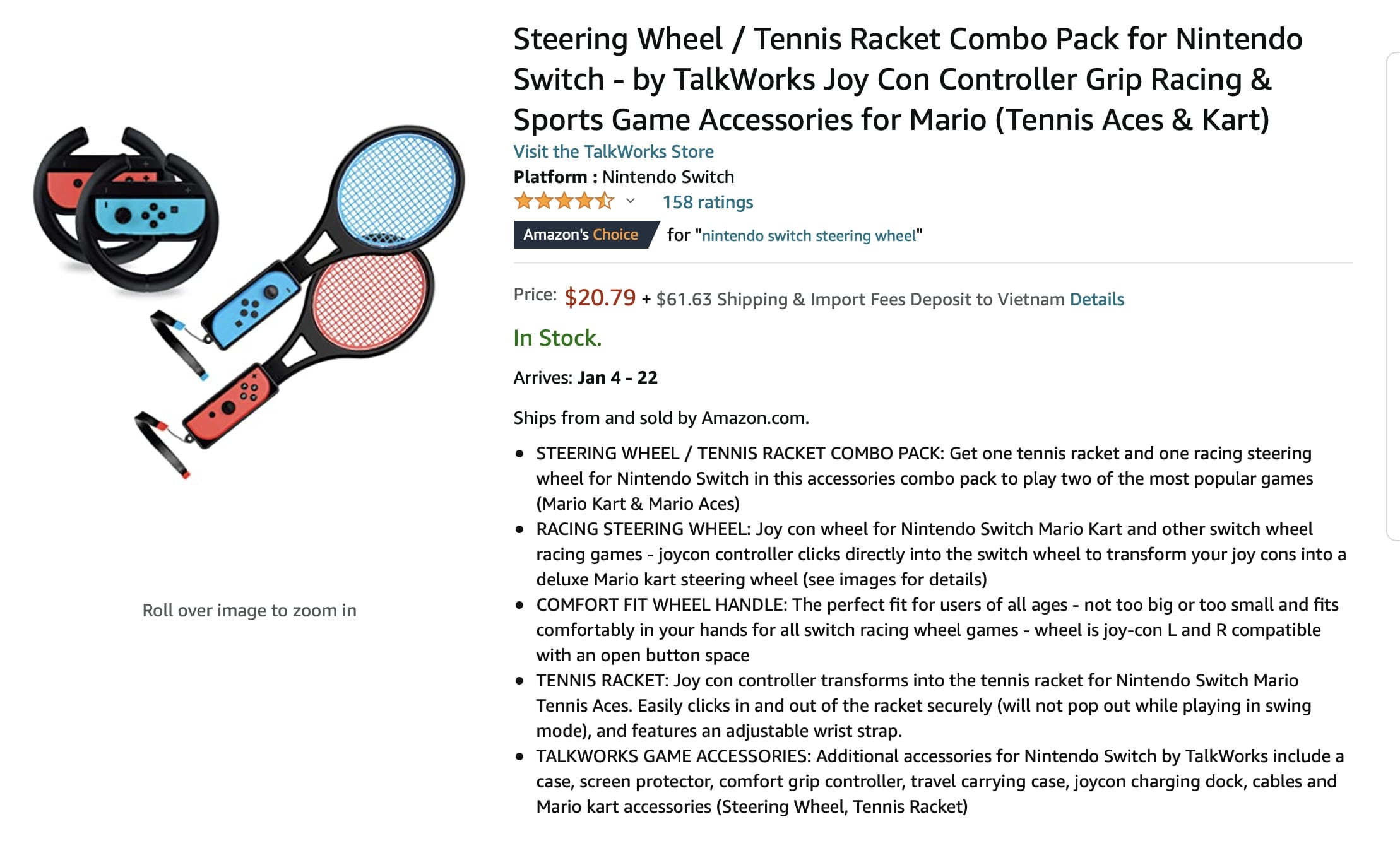
10. Get reviews
It has been proved repeatedly that when your products get good feedback, consumers are more likely to buy them. Online reviews are the new word-of-mouth of digital media; they are incredibly influential and can significantly affect how you see your market. If you need numbers, last year a report found that:
- 79% of users value web recommendations as much as personal advice.
- Eighty-five percent of customers say they consult local companies’ web feedback.
- 73% of customers believe good consumer feedback helps them lean towards a brand more.
Amazon reviews serve a few functions, such as:
- Encourage on-the-fence consumers to make a purchase
- Convince buyers to buy your item over rivals
- Assure customers of quality
- Serve as word-of-mouth marketing.
In order to encourage your customers to leave good feedback on the Amazon site, you may
- Provide excellent customer experience.
- Give follow-up emails asking for feedback following an Amazon order.
- Ask for reviews from Amazon via newsletter and social media.
- Reach out to consumers who have reviewed similar items
- Solicit the best reviewers from Amazon.
11. Establish an in-depth overview
In the overview section, you can provide detailed instructions, list the benefits of your products, add more images of the items from different angles, add some videos as well if you can, and tell the tale of your brand.
Your viewers need to realize what they will be getting when they buy your stuff and who they’re getting it from.
12. Respond to questions
The question and answer segment is one of the unique features of Amazon. Everyone can ask a question about a product, and everyone can reply to it, whether or not they have bought the product.
Remember that you can always get the ball rolling yourselves. In other words, do not sit there and wait for someone to ask you questions.
You can simply ask a friend to post a question about your product that you think will be commonly asked. You, as the seller, will then post the response, making customers feel that you are an active and supportive seller. That way, you can maximize commitment for your Amazon store.
13. Select the best program for repricing
Prices change on a regular basis on Amazon, and though the cheapest cost doesn’t necessarily earn the buying box, the odd it does it is still higher than the expensive cost. (It’s Amazon, not some Gucci or Channel stores after all)
If you have just a couple of items, you might be able to reprice manually. However, it might be better to automate the operation, as you will see more progress and free yourself more time. Most Amazon sellers use repricing tools to change their rates during the day periodically.
Most Amazon sellers use rule-based repricers, but they, most of the time, end up making the costs fall so low that little benefit is left.
That’s why it might be better to use algorithmic repricers, since they are more sophisticated and typically lead to increased profits.
14. Use AMS, aka Amazon Marketing Services
Have you ever come across the “Sponsored products related to this item” section? These are advertisements produced by AMS.
This marketing platform enables you to create advertisements focusing on keywords or related products for your products, then target them. It also delivers performance monitoring so that the ads can be tailored.
Amazon Marketing Services is a potent weapon for driving elevated levels of traffic and purchases when it comes to selling on Amazon. Merchants using AMS should be able to easily boost their numbers and produce a healthy ROI with the multiple ad opportunities and analytical resources at their disposal.
Related posts:
Final Thoughts
We have been discussing how to find the best products to sell on Amazon FBA; let’s see what the benefits of selling on Amazon FBA are
-
Logistics and shipping without effort: Higher sales indicates more packaging and delivery time expended or more money spent on recruiting someone to run it. FBA helps you with that; you can fully utilize Amazon’s skills and experience to outsource the whole operation.
-
Discounted prices for delivery: The contracts between Amazon and the big shipping carriers grant them heavy discounts on shipping expenses. If you send your stock to Amazon, they will pass those special offers onto you, making the delivery fees cheaper.
-
Returns Management: Handling returns is a real hassle, given all the accounting, numbers, customer services, to name but a few. Luckily, with FBA, Amazon takes good care of all of that for you, from coping with angry consumers to checking refunds to managing all of the logistical things.
-
Customer service management: Amazon has credibility for delivering exceptional customer service, which relieves your customers’ worries and yours alike.
-
(Infinite) space for storage: Using FBA ensures that you don’t have to stress how much space you need for your products. You don’t need to worry about a warehouse. There are no inventory minimums, so you can submit as few as you want, even only one item.
-
Quick delivery: Amazon has hundreds of distribution centers all around the planet, so no matter where the consumers are, within only a few days, they will reliably have goods shipped to them.
In light of COVID 19 wrecking havocs all around the world, we hope that your physical, mental and financial health will stay safe and sound.
New Posts






